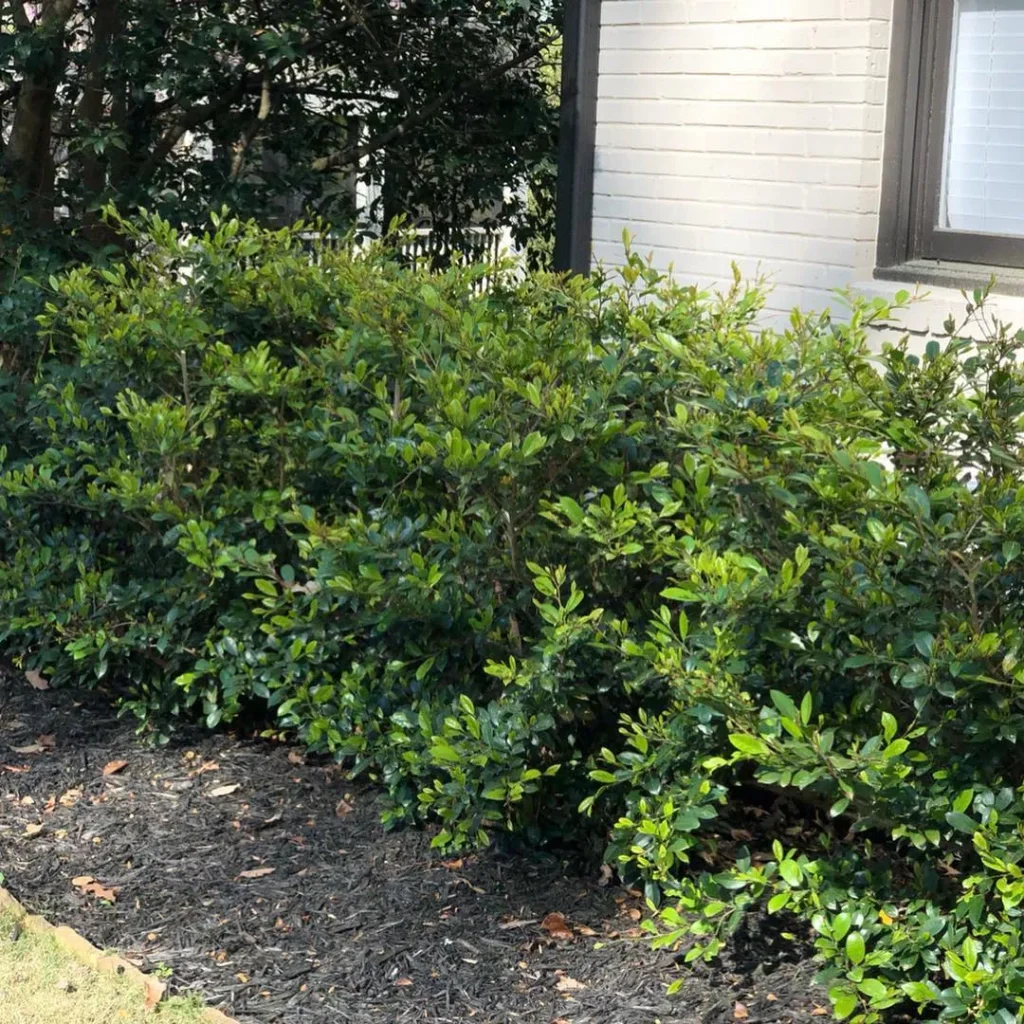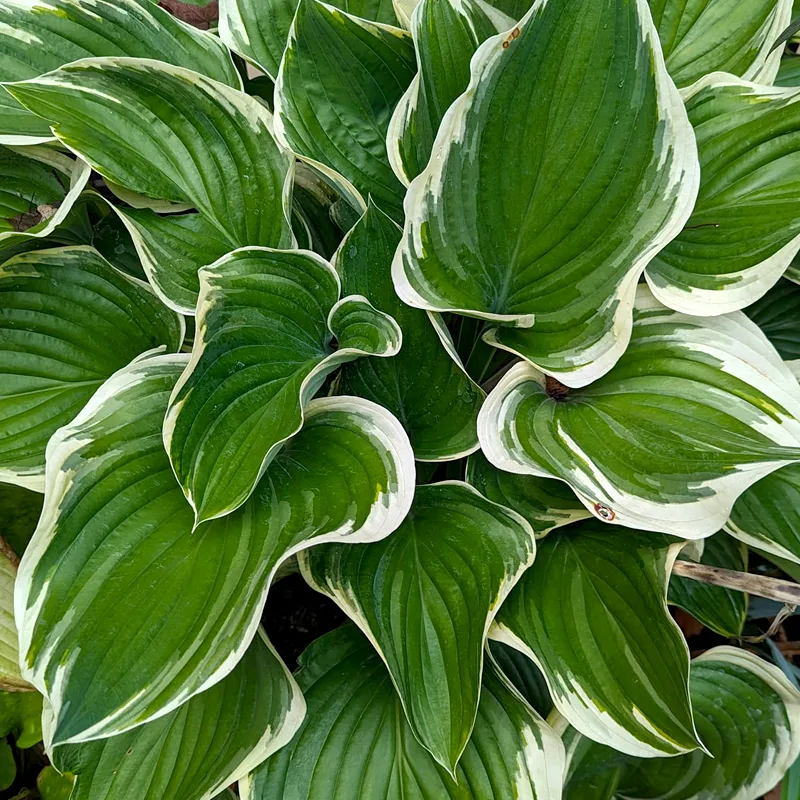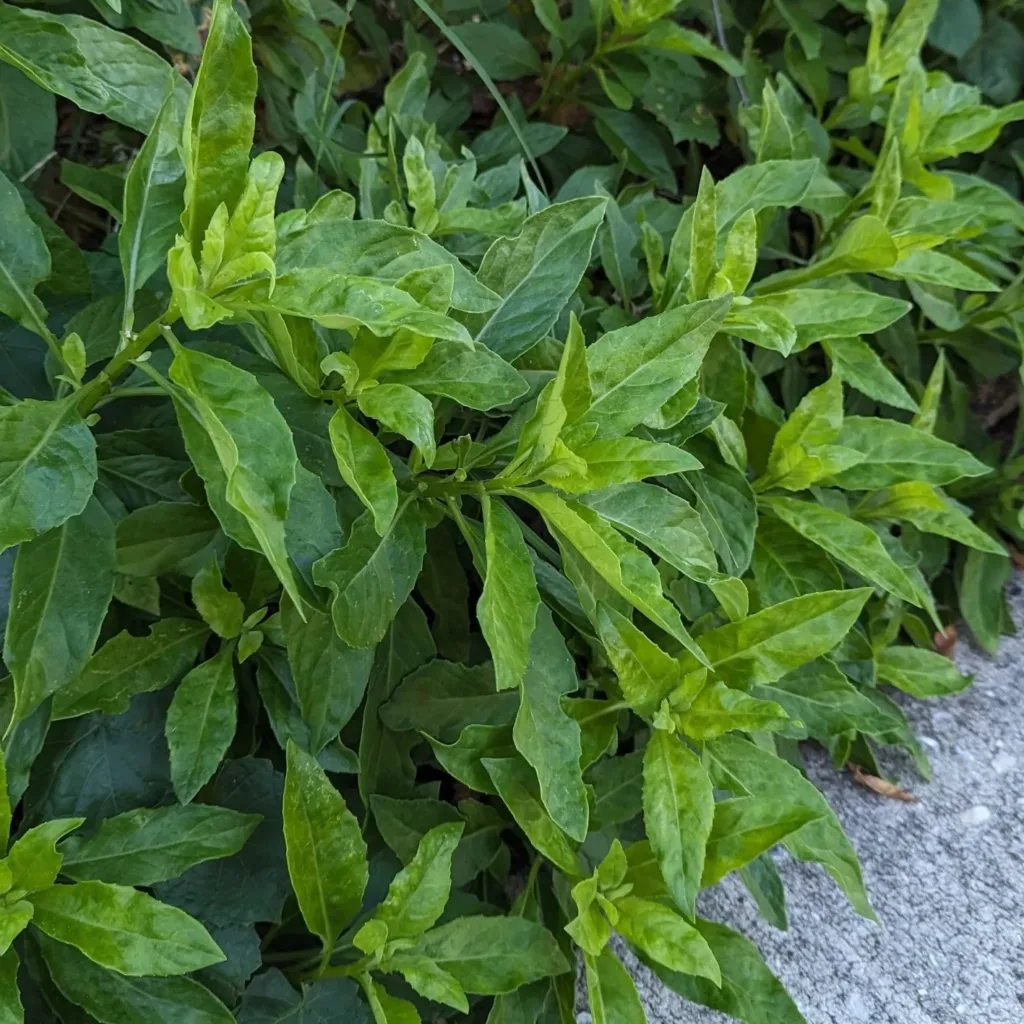All About Dryopteris Filix-mas: The Male Fern
I’m Ferb Vu, and I’m here to answer your questions about Dryopteris Filix-mas, commonly known as the male fern. This stately fern is a familiar sight in temperate regions worldwide, gracing woodlands and shady corners with its elegant fronds.
Whether you’re a seasoned gardener or just starting your plant parenthood journey, this FAQ will equip you with everything you need to know about the male fern.
432 Species in Genus Dryopteris
What is Dryopteris Filix-mas?
Dryopteris Filix-mas is a large, deciduous fern native to Europe, Asia, and North America. It thrives in damp, shady areas like woodlands and thrives under the dappled light of tree canopies.
The name “male fern” comes from its historical association with the reproductive organs of male mammals, though this connection is purely coincidental.
This fern boasts medium-green fronds (leaves) that can reach an impressive three feet in height, with some pushing the limit to four feet. These fronds gracefully arch outwards, creating a lush, cascading effect.
As the male fern matures, brown spore clusters appear on the underside of its fronds. These spores are the plant’s reproductive method, allowing it to disperse and colonize new territories.
Male Fern vs. Other Ferns: What’s the Difference?
Many fern varieties share a similar appearance, so differentiating between them can be tricky. Here’s a quick comparison of the male fern with two commonly confused look-alikes:
- Lady Fern (Athyrium filix-femina): While the names suggest a gender binary, the distinction is historical and not biological. The main difference lies in the fronds. Lady fern fronds are more divided and delicate compared to the male fern’s bolder, arching fronds.
- Sword Fern (Polystichum munitum): Sword ferns have a more upright growth habit than the male fern’s arching form. Additionally, sword fern fronds are typically evergreen, keeping their green color year-round, unlike the male fern’s deciduous nature.
How to care for Dryopteris Filix-mas?
The male fern is a relatively low-maintenance plant, making it ideal for beginner gardeners. Here’s what you need to know:
- Light: Male ferns prefer shady or partially shaded locations. Direct sunlight can scorch their fronds.
- Soil: Moist, well-draining soil is key. Amending your soil with compost or organic matter can help retain moisture.
- Watering: Water regularly, especially during hot or dry periods. Aim to keep the soil consistently moist but not soggy.
- Fertilizer: Feeding your male fern once a year with a balanced fertilizer in spring can promote healthy growth.
- Propagation: Dividing established clumps in spring is the most common method for propagating male ferns. Spore propagation is also possible, but it’s a more complex process.
Is Male Fern Poisonous?
Yes, Dryopteris Filix-mas contains toxins that can be harmful if ingested in large quantities. Keep this in mind if you have pets or small children who might be curious about the fern. While occasional nibbling likely won’t cause any issues, it’s best to err on the side of caution and place your fern in a location out of reach.
Can Male Fern Be Used Medicinally?
Historically, the male fern was used as a dewormer. However, due to its toxicity, this use is no longer recommended. Modern medicine offers safer and more effective deworming medications.
Important Note: If you suspect someone or a pet has ingested male fern, seek medical attention immediately.
Enjoying the Beauty of Dryopteris Filix-mas
With its graceful form and easy-going nature, the male fern is a valuable addition to any shade garden. Plant it beneath trees, near walkways, or use it as a textural contrast in mixed borders.
By following these simple tips, you can cultivate a thriving male fern that will add a touch of elegance and lushness to your landscape. Remember, gardening is a journey of learning and experimentation. So, have fun, get your hands dirty, and enjoy the beauty of Dryopteris Filix-mas!
If i die, water my plants!



